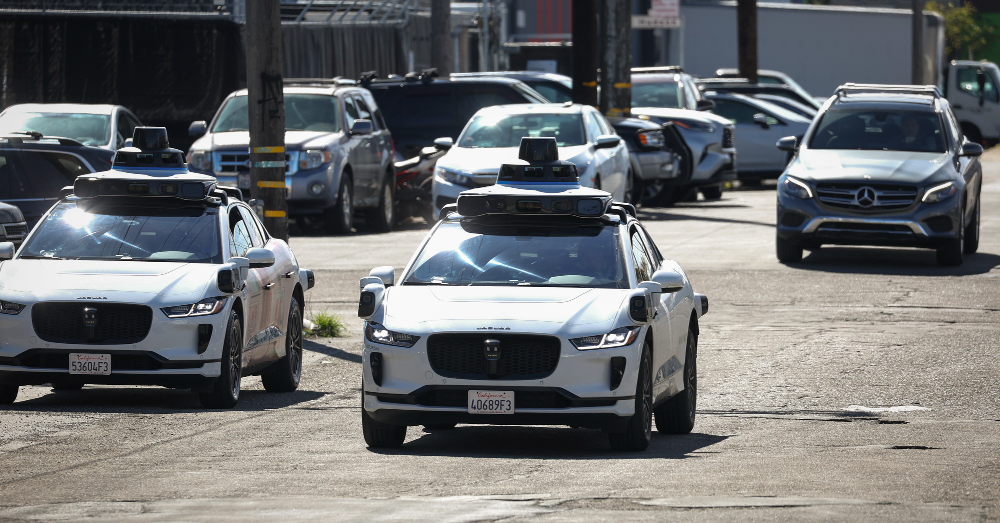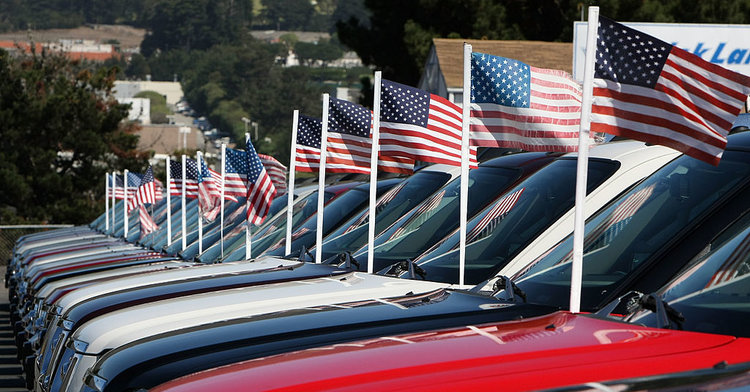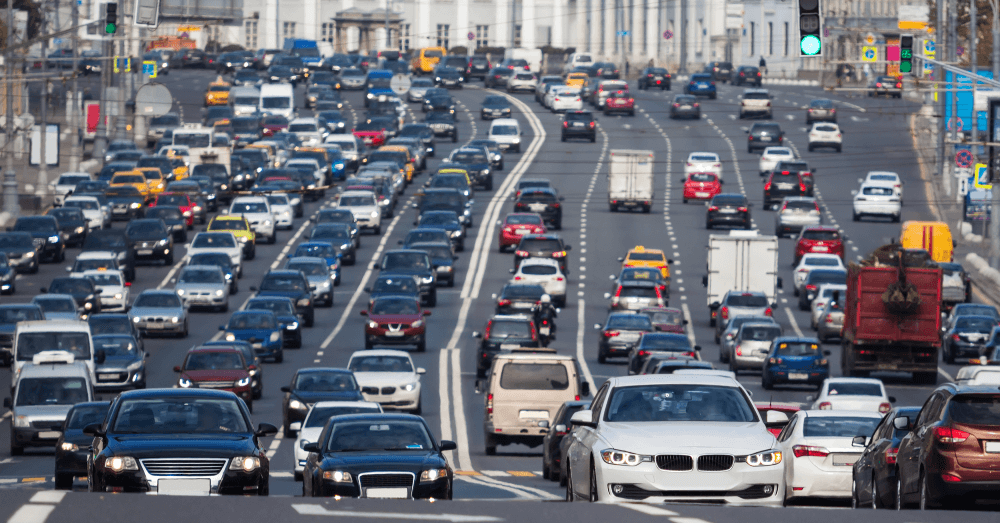
San Francisco Welcomes Driverless Robotaxis: A New Era for Cruise and Waymo
Cruise and Waymo recently won an important vote in the future of driverless vehicles. After the vote, these companies can operate robotaxis in San Francisco.
The auto market is still several years away from allowing privately owned self-driving cars on public roads, but you could take a driverless ride in a Cruise or Waymo vehicle in San Francisco. After an August 10th vote by the California Public Utilities Commission (CPUC), these two tech startups won the right to operate driverless robotaxis throughout the city of San Francisco. This is an important step forward for these companies and the city.
The center of Silicon Valley
San Francisco is the base and home of many Silicon Valley executives and companies. This area is the hub for the technology boom as we see new features and tech items offered to help make lives better. Now, after a few years of proven success, two companies can operate driverless vehicles throughout this city. The vote regarding these companies and their driverless vehicles was under a great deal of scrutiny from the Teamsters and transportation companies that could be impacted by the future of self-driving vehicles. These new autonomous cars could cost some drivers their jobs.
This is a huge step forward
Both Cruise and Waymo have been running pilot programs for the past few years in several cities. Cruise has reportedly been losing nearly $7 million per day. The company reported losses of $611 million in the second quarter, according to parent company GM’s earnings report. Waymo is a subsidy of Alphabet, which is part of Google and doesn’t disclose financial information but had to lay off many employees this year. Waymo also scaled back its self-driving truck project.
The goal of this new bill and the vote is to allow both Cruise and Waymo to operate self-driving taxis around the city 24/7. This could be a huge change for the city of San Francisco and the AI programming included in these self-driving taxis. Cruise intends to expand its late-night taxi service to all hours of the day and add 100 vehicles. Waymo’s goal is to begin picking up paying customers without human drivers present as back-up to the technology found in these vehicles.
Could this be problematic for San Francisco drivers
How does it feel to have AI-driven vehicles on the roads? Drivers who generally commute around San Francisco can only complain that the Cruise and Waymo vehicles drive like nerds. This should be a good thing because what’s described are vehicles that adhere to all traffic laws, including following speed limits, fully stopping at stop signs, merging correctly, and yielding the right of way as expected. These test vehicles only prove that robotaxis could be much better and safer for everyone. Currently, there are over 43,000 accidents nationwide every year that involve at least one death. This is the figure from 2021, which was a 15-year high. Having systems that actually follow the rules and remove human error could be exactly what’s required.
Promises made and protests got ugly
Prior to the vote, Cruise and Waymo committed to sponsorships of events in the San Francisco area, but the city’s transportation office was strongly opposed to the expansion. Some who opposed allowing self-driving taxis in the city planted traffic cones on the vehicles’ hoods, which was a move to confuse the software and disable the vehicles. Although this clash only showed how people feel that AI will replace human jobs in many ways, it also illuminated the reluctance of some people to avoid change and see technology move forward.
Cruise and Waymo have strong safety records
Other companies have tested self-driving cars in various cities. It’s hard to forget the Uber test car that hit and killed a woman in Arizona in 2018 when the backup driver failed to react to the danger. Cruise and Waymo haven’t caused any reported deaths, which put a strong argument for the vote going their way, which it did. Autonomous vehicles don’t get tired, aren’t impaired by poor judgment, and won’t become distracted. How many human drivers can say they haven’t at least been distracted during the past several days behind the wheel?
The vote to allow Cruise and Waymo to operate robotaxis throughout the city without human drivers sets a new tone for the future of driving technology. This could make some wonder how long it will be before every city has these driverless vehicles running about replacing public transit systems and actual taxi services. Still, this is a step forward that many couldn’t predict would come this soon.
This post may contain affiliate links. Meaning a commission is given should you decide to make a purchase through these links, at no cost to you. All products shown are researched and tested to give an accurate review for you.



